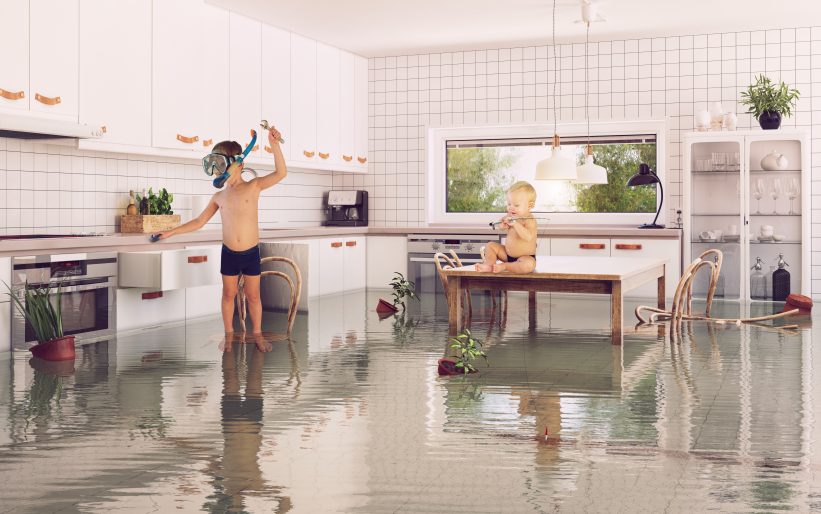6 Water Damage Repair Do's and Don'ts.
6 Water Damage Repair Do's and Don'ts.
Blog Article
Just how do you feel on the subject of 5 Home Safety Tips To Reduce The Risk Of Fire And Water Damage?

Though water gives life, water intrusion on parts where it's not intended to be can cause damage. If the water soaks into your framework, it can peel off away surface areas and also erode the foundation. Mold as well as mildew additionally grow in a wet environment, which can be harmful for your wellness. Homes with water damage odor mildewy as well as old.
Water can come from several resources such as tropical cyclones, floodings, ruptured pipes, leaks, and drain issues. In case you experience water damage, it would be great to understand some security precautions. Right here are a few standards on exactly how to take care of water damages.
Do Prioritize House Insurance Policy Protection
Water damages from flooding as a result of hefty winds is seasonal. Nevertheless, you can likewise experience an unexpected flooding when a malfunctioning pipe all of a sudden ruptures into your home. It would be best to have residence insurance coverage that covers both acts of God such as natural tragedies, as well as emergencies like damaged plumbing.
Do Not Neglect to Shut Off Utilities
In case of a catastrophe, especially if you live in a flood-prone location, it would be a good idea to turn off the primary electrical circuit. This removes power to your whole home, protecting against electric shocks when water can be found in as it is a conductor. Furthermore, do not neglect to switch off the main water line valve. Furniture will certainly relocate about and cause damages when floodwaters are high. Having the primary shutoff shut off avoids more damages.
Do Stay Proactive and Heed Weather Condition Signals
Storm floodings can be very unpredictable. If there is a background of flooding in your area, remain aggressive and also prepared. Listen to discharge cautions if you live near a creek, lake, or river . Obtain prized possessions from the very beginning and cellar, after that put them on the highest feasible degree. Doing so minimizes possible residential property damages.
Do Not Overlook the Roof
You can avoid rainfall damages if there are no openings as well as leaks in your roof covering. This will certainly avoid water from flowing down your walls and saturating your ceiling.
Do Pay Attention to Tiny Leakages
A burst pipeline does not take place over night. You might see bubbling paint, peeling off wallpaper, water streaks, water spots, or leaking sounds behind the wall surfaces. Have your plumbing repaired prior to it results in massive damage.
Do Not Panic in Case of a Ruptured Pipeline
Keeping your clearheadedness is essential in a time of crisis. Panicking will only intensify the issue since it will stifle you from acting quick. When it pertains to water damages, timing is essential. The longer you wait, the even more damage you can anticipate. Thus, if a pipeline bursts in your house, right away shut off your main water valve to remove the resource. Unplug all electric outlets in the location or transform off the circuit breaker for that part of the residence. Call a credible water damages reconstruction specialist for support.
Water provides life, water breach on components where it's not expected to be can result in damage. Homes with water damages smell old and mildewy.
Water damage from flooding dues to hefty winds is seasonal. You may notice gurgling paint, peeling wallpaper, water streaks, water spots, or dripping audios behind the walls. When it comes to water damage, timing is vital.
Some Do's & Don't When Dealing with a Water Damage
DO:
Make sure the water source has been eliminated. Contact a plumber if needed. Turn off circuit breakers supplying electricity to wet areas and unplug any electronics that are on wet carpet or surfaces Remove small furniture items Remove as much excess water as possible by mopping or blotting; Use WHITE towels to blot wet carpeting Wipe water from wooden furniture after removing anything on it Remove and prop up wet upholstery cushions for even drying (check for any bleeding) Pin up curtains or furniture skirts if needed Place aluminum foil, saucers or wood blocks between furniture legs and wet carpet Turn on air conditioning for maximum drying in winter and open windows in the summer Open any drawers and cabinets affected for complete drying but do not force them open Remove any valuable art objects or paintings to a safe, dry place Open any suitcases or luggage that may have been affected to dry, preferably in sunlight Hang any fur or leather goods to dry at room temperature Punch small holes in sagging ceilings to relieve trapped water (don't forget to place pans beneath!); however, if the ceiling is sagging extremely low, stay out of the room and we'll take care of it DO NOT:
Leave wet fabrics in place; dry them as soon as possible Leave books, magazines or any other colored items on wet carpets or floor Use your household vacuum to remove water Use TV's or other electronics/appliances while standing on wet carpets or floors; especially not on wet concrete floors Turn on ceiling fixtures if the ceiling is wet Turn your heat up, unless instructed otherwise
I'm very curious about Reducing Your Risk Of Water And Fire Damage At Home and I am assuming you enjoyed the new blog post. Do you know anybody else who is involved in Ways to Reduce The Risk Of Fire And Water Damage? Be sure promote it. Thanks a bunch for your time. Please pay a visit to our site back soon.
Report this page